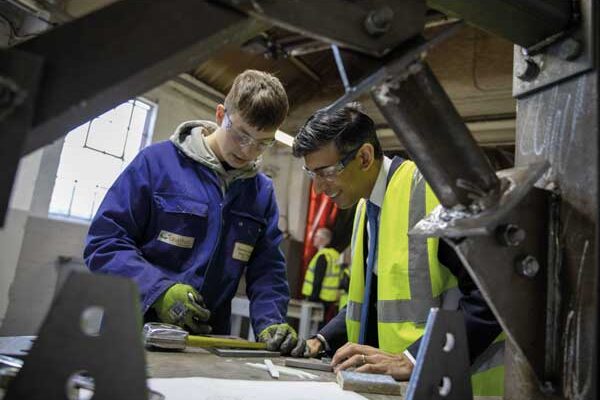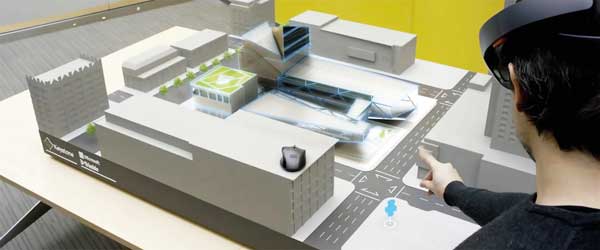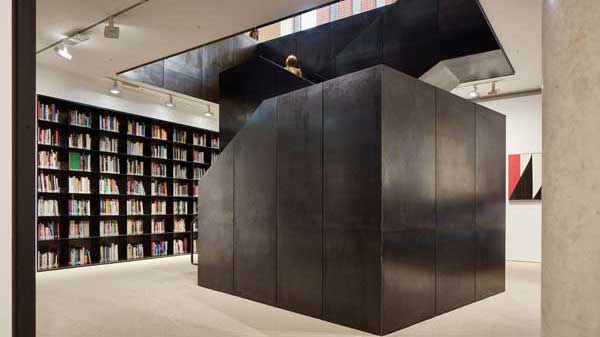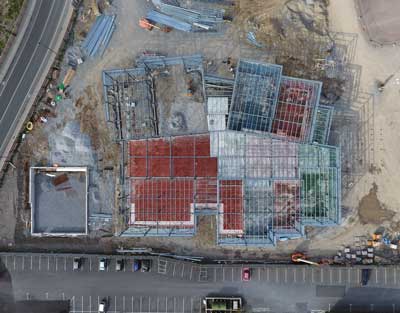Projects and Features
Bespoke structural components
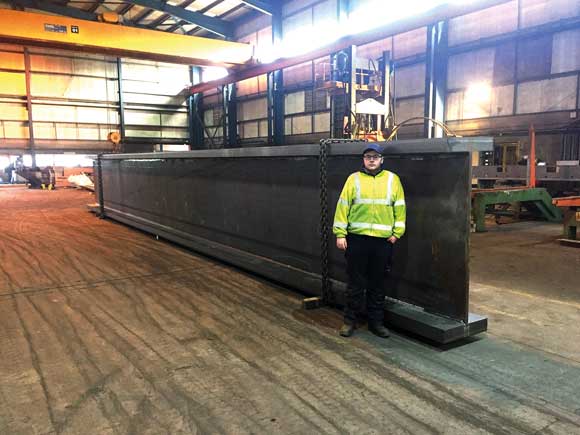
Using a trusted fabricator for structural components is always advisable
NSC reports on fabricated structural components used in buildings and the capability and capacity required by producers of these items.
Readers of NSC will be very familiar with projects that comprise conventional structural steelwork. Many of the monthly featured articles include interesting photos of steel-framed structures being erected. The main steel components involved are universal beams (UBs) and universal columns (UCs), hollow sections – circular (CHS), rectangular (RHS) or square (SHS) – and other typical sections.
Generally, these buildings are straightforward in layout and in loading characteristics. In situations where the building is not straightforward, and where the engineer’s requirements are not so standard, it is likely there will be a requirement for non-standard structural members.
In these cases, there may be a need for the engineer to specify items such as plate girders, cellular beams, fabricated box girders, or specific node / joint pieces. It has become increasingly routine that engineers need to adopt some of these items to meet a specific design requirement within a structure.
‘’Bespoke structural components are becoming more common in large structures nowadays. The manufacturing and quality issues which arise when considering such heavy structural components are generally far more onerous than for conventional steelwork. Therefore, it’s critical that fabricators choose a trusted supplier who has the expertise, experience and capability to deliver these items.’’
Jamestown’s Managing Director Fiacre CreeganEqually, it can be the case that, because of section availability and range, floor depth criteria or aesthetic requirements, all the steel components used to construct the frame are fabricated structural components.
Steelwork contractors who supply conventional beam and column work are well geared up for that purpose and have invested heavily in the appropriate automatic sawing, drilling and handling systems to facilitate this type of work. However, for fabricated structural components, the equipment needed and the skills involved are entirely different. Therefore, when fabricated structural components are specified it is important to choose the right supplier with the experience, skills, capacity and equipment to deliver the pieces efficiently and economically, as in many cases these can be the most critical items on the path towards successful project delivery.
For example, where an engineer specifies a series of very heavy box girders, these may be, as an example, pieces weighing 1.5t/m comprising 85mm thick top and bottom flanges, 50mm thick web sections and a web-to-flange joint using 15mm continuous fillet welds. There may also be drilled holes required for lifting points to be attached, couplers welded to receive threaded rebar strands, and ‘Z’ tested (through thickness) plate specified for certain fittings. There could be a host of specific features required and the project inspection and testing plan (ITP) may specifically detail hold points and testing criteria which will not apply to any other element in the project.
In this case the conventional steelwork contractor may be able to make the pieces, but may not have the lifting capability for the 85mm plate or the profiling capacity to cut such heavy plate, and may not be familiar with the specific quality requirements. It may be possible to buy-in the webs and flanges from a subcontract profiler, but there will still be difficulties ahead with the lifting, manipulation and welding of such heavy plate. The more appropriate option may be to source a suitably qualified and experienced supplier of such complex items.
Another example may be heavy plate girders or cellular beams. The more accepted practice nowadays is for these beams to be made on special purpose welding machines where the machine ensures alignment of the manufactured pieces and helps to limit and control weld induced distortion. A conventional steelwork contractor using only manual means with jigs and fixtures could certainly make plate girders, but it’s not viable to do this efficiently in any volume, without the right equipment.
Aside from the need for equipment, the likelihood is that a specialist producer of complex structural components will have the required expertise and experience and also have a relationship with an IWE (International Welding Engineer) which can be vitally important where there are very complex welding issues involved.
Given that specifically designed structural components are likely to be more scrutinised than the conventional elements of a steelwork project, it is sometimes the case that an engineer will specify a higher Execution Class for these items. This is another reason why a conventional steelwork contractor may choose to engage a specialist structural component manufacturer for the supply of such items.
 Sponsors
Sponsors
Structural Components
Headline: Jamestown Manufacturing Ltd
Bronze: Kloeckner Metals UK









